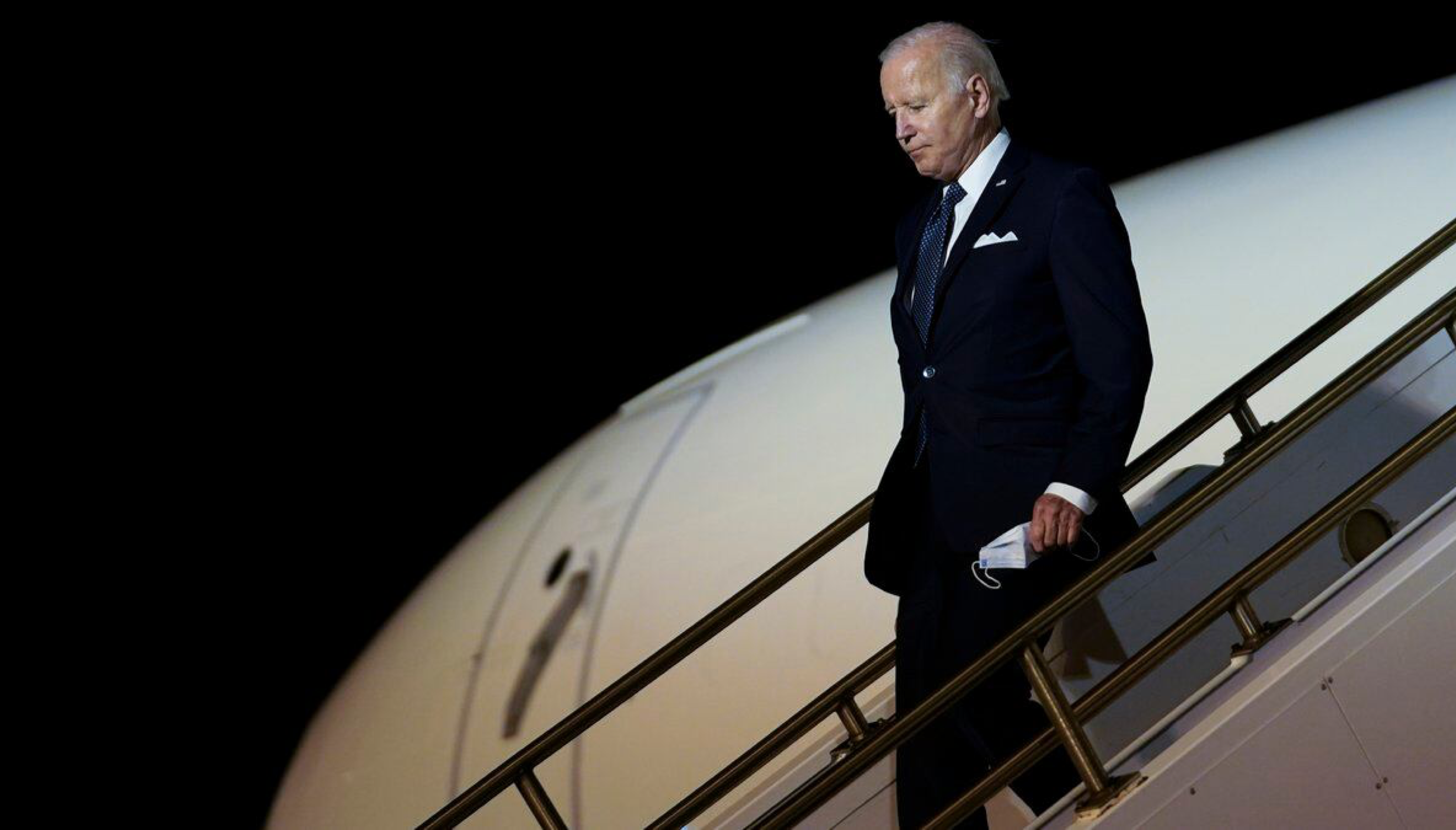What Happened?
On July 27, 2024, a missile landed on a football field in the Druze town of Majdal Shams in the Israeli-controlled part of the occupied Golan Heights, killing 12 children and teenagers and injuring at least 44 others. The international community has since warned of the risk of a full-scale war, as the Israeli military accused Hezbollah of carrying out the attack, which the group quickly denied responsibility for.
A Closer Look:
The details of the attack remain shrouded in ambiguity, with multiple accounts surrounding the incident. Hezbollah denies responsibility, especially since it targeted an Arab town. Meanwhile, the Israeli military asserts that the missile was an Iranian-built Falaq-1 loaded with 117 pounds of explosives. In its preliminary investigation, the Israeli army ruled out the possibility of the explosion being caused by an interceptor missile launched by Israel’s Iron Dome because the complex terrain would prevent the interception of a missile.
Whether the attack on children was deliberate or an accident due to a miscalculation, it remains a significant moment in the ongoing escalation between Hezbollah and Israel. The attack, with its casualties on a playground, exceeds the measured escalation that has characterized the confrontations between the two sides since October 8, 2023. This suggests a potential shift in the rules of engagement between them.
A Turning Point!
The attack has heightened international warnings about the risk of a direct and intense confrontation between Hezbollah and Israel, a possibility that has been escalating given the increasing frequency and intensity of their exchanges. This raises the likelihood of either side making miscalculations or engaging in uncontrolled escalation, which appears to have happened in the Majdal Shams attack.
The turning point now revolves around the nature of Israel’s expected response in the coming hours. Israel may launch military strikes against Hezbollah’s strategic sites, which Hezbollah is preparing for by evacuating several key positions in eastern and southern Lebanon, according to Reuters. Alternatively, Israel could target Lebanon itself through cyberattacks on vital infrastructure to increase domestic pressure on Hezbollah to curtail the ongoing escalation.
There is also a possibility that this attack could be used to gain concessions from Hezbollah or its allies, particularly the Houthis, via indirect channels between the United States and Iran. This could lead to a reduction in tensions along Israel’s northern border and a return to more limited engagement rules, or it might reduce Houthi attacks on commercial vessels linked to Israel in the Red Sea.
In the context of the upcoming Israeli response, it is likely that the severity and scale of the retaliation will remain below the threshold of direct war. Israel faces logistical and technical challenges, including shortages of recruits, vehicles, and ammunition, as well as concerns over the full participation of the “unity of arenas” factions, including Iran. Additionally, Tel Aviv is aware that Hezbollah possesses advanced missile and troop capabilities comparable to what it had in the 2006 war.
Nonetheless, the possibility of a direct confrontation between Israel and Hezbollah cannot be ruled out, given the complex and chaotic situation along the Israeli-Lebanese border that keeps the threat of war strongly present.
